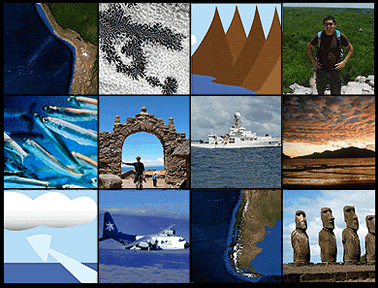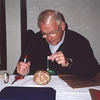The VOCALS field campaign is studying the ocean, atmosphere, clouds, and land in the Southeast Pacific region to better understand climate.
Windows to the Universe / Lisa Gardiner
What is VOCALS?
Sometimes scientists have to go far from home to find answers to their questions. Just like you, they have many questions, such as: What types of clouds
form over the Pacific Ocean? What instruments should I use to learn more about clouds? Does the temperature of the oceans
affect what clouds form in the atmosphere? Can mountains affect the wind? Can air pollution
change clouds and weather? What controls Earth’s climate?
Scientists from many countries want to find answers to these questions. They are using the Southeast Pacific area as a huge outdoor laboratory during the VAMOS Ocean-Cloud-Atmosphere-Land Study Regional Experiment (VOCALS). VAMOS stands for Variability of the American Monsoon System. The Southeast Pacific area that will be studied is near the west coasts of Peru and Chile in South America.
With help from technicians and engineers, they will make many new measurements of the clouds, weather, and climate. This will be exciting, because their instruments will be located on satellites, airplanes, ships, and on land. Come back soon to learn what VOCALS scientists are doing, far away from their homes (unless their home is Chile!).
You might also be interested in:
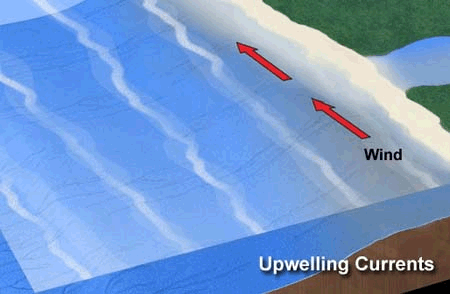
There are many connections between the ocean and the atmosphere in the Southeast Pacific Ocean. Strong winds blow north along the coast of South America. These winds stir up the ocean. That brings cold
...more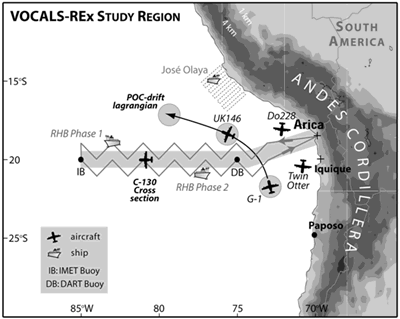
Scientists must work very hard! It will take time for them to understand the information they collected during VOCALS. They must study the measurements and use them to improve their models of clouds,
...more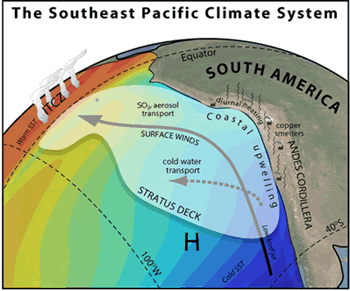
There are a lot of clouds over the Southeast Pacific Ocean off the coasts of Peru and Chile in South America. In fact, this area has the largest amount of stratus and stratocumulus clouds in the world!
...more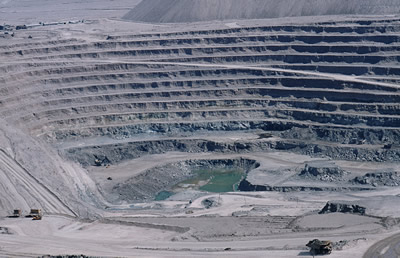
Mining and fishing are very important activities to the people who live in Chile and Peru. Do you think these activities could be connected to the climate in this area? Scientists in the VOCALS field experiment
...more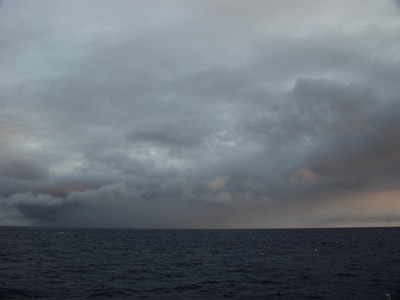
The Southeast Pacific region contains the world's largest set of stratocumulus clouds. These clouds extend for almost 2,000 kilometers (1,243 miles) off the west coast of South America from central Chile
...more
During the month of October 2008, a team of scientists is going to the Southeastern Pacific Ocean and parts of Chile and Peru. They will make observations and take measurements to learn more about how
...more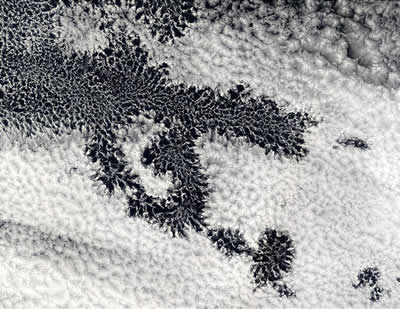
Scientists use satellites in the VOCALS field campaign. They also gather data from instruments on ships and on airplanes. They put the data from the satellites, ships, and aircraft together to get a better
...more
